Yes, a travel stroller is a great investment if you need a compact, lightweight option for trips, airports, or quick errands—many parents find them essential for hassle-free mobility!
Do you need a travel stroller? Discover the benefits of lightweight, compact strollers for trips and everyday use—plus top-rated picks from real parent reviews!
Lightweight travel strollers continue to gain popularity for families who value portability and quick folds on the go. My experience as a globe-trotting mom reflects why: these models blend compact size with just-enough features for daily use.

Premium strollers like the Babyzen YOYO2 often retail around $499 (Target listing accessed 2025-09-25), while the Nuna TRVL currently lists “from $350” direct from Nuna (Nuna product page, 2025-09-25). Budget-friendly options such as the Summer/Ingenuity 3Dlite typically start around $130 at major retailers (Target page accessed 2025-09-25). (Sources: Target 2025-09-25; Nuna 2025-09-25)
My family has explored countless airports, city streets, and tourist attractions with little ones. This experience taught me that picking the right lightweight stroller can transform your travel experience.
Let me share a practical guide to help you decide if you need a travel stroller. You’ll learn when to use one and when to skip it. The guide covers weight limits, storage space, and practical usage scenarios that will help you choose what works best for your family’s adventures.
The Truth About Travel Strollers: Benefits vs. Burdens

Baby gear can be tricky, and travel strollers prove this point perfectly. My experience with dozens of airports and city streets taught me something valuable – these strollers offer convenience but come with trade-offs. Let me share what I learned about making this investment.
“A good travel stroller is like a trusty sidekick—it makes exploring with kids so much easier.” – Sarah, Travel Blogger
Weight and portability considerations
Travel strollers shine because they’re light. Most parent-tested “travel” models cluster roughly between 12–17 lb depending on features (BabyGearLab roundup update, 2024-10). The Zoe Traveler is advertised at ~13 lb (Zoe product page, accessed 2025-09-25), a difference you’ll feel when rushing through airports. (Sources: BabyGearLab 2024-10; ZOE 2025-09-25)
Weight tells only part of the story. The folding mechanism changes everything in ground use. Premium models like the Nuna TRVL self-fold with a one-hand button press, then stand on their own (Nuna product page, 2025-09-25).
Shoulder straps and carrying handles become lifesavers on folded strollers. These features prove invaluable on stairs or public transport with full hands.
Storage space realities
The simple truth: These strollers trade storage space to stay portable. Full-size strollers offer more room. This becomes a challenge if you pack lots of diapers, snacks, and extra clothes.
Storage capacity varies between models. The Zoe Traveler’s basket is compact, while the UPPAbaby Minu V2 lists a 25 lb basket limit with a stroller weight around 17 lb (UPPAbaby manual/specs via manual library & Strolleria specs, accessed 2025-09-25). (Sources: ManualsLib Minu V2 manual 2025-09-25; Strolleria 2025-09-25)
Cost vs. usage frequency
These strollers can cost more than everyday umbrella models. As of today, quality options start near $130, while premium travel strollers can exceed $500 (e.g., Babyzen YOYO2 $499 at major retailers). (Sources: Target 2025-09-25)

Your travel frequency should guide your choice. Occasional travelers might find cheaper options enough. Frequent flyers might save money with premium models over time.
The UPPAbaby Minu v2 and Britax B-Free work well as everyday strollers too. This versatility could save money by eliminating the need for multiple strollers.
One last thing about overhead bins—don’t trust every “airplane-friendly” claim. Airlines decide what fits based on their carry-on rules; many strollers end up gate-checked even if marketed as overhead-bin capable. Always confirm your airline’s current policy, and remember TSA/FAA guidance focuses on screening and safety rather than cabin allowance (FAA & TSA pages, accessed 2025-09-25; Nuna also advises verifying with your airline). (Sources: FAA 2025-03; TSA 2025-09-25; Nuna 2025-09-25)
When a Lightweight Travel Stroller Is Worth It
A lightweight travel stroller can be worth the trade-offs in certain situations. After testing many options during my travels, I’ve found four key times when you’ll be glad you brought one along.
Long-distance city explorations
You’ll want a nimble, portable stroller for urban adventures. A compact travel stroller becomes a lifesaver when you walk through crowded sidewalks, markets, and exhibits. City streets need something more maneuverable than regular strollers, and public transportation makes this even more important. Models like the Babyzen YOYO2 let you weave through busy sidewalks with ease. The Cybex Coya proved to be “extremely compact” and worked great during my three-week European trip.
Theme parks and all-day excursions
Theme parks make a travel stroller a must-have item. Expect 10,000–20,000 steps on a typical Disney day depending on your plans, so little ones need a comfy spot to rest (Notes From Neverland analysis, 2025-03). Disney also enforces stroller size limits—max 31″ wide × 52″ long—and prohibits wagons. Good travel strollers generally fit these rules (Disneyland FAQ, accessed 2025-09-25). (Sources: NotesFromNeverland 2025-03; Disneyland FAQ 2025-09-25)
“We skipped the travel stroller and used a baby carrier—best decision for city trips!” – Mark, Dad of Two
Multiple destination trips
A portable stroller shines on trips with different types of transportation. Strollers that fold quickly and small—sometimes with carry straps—reduce hassle. Those marketed to fit overhead bins can help, but verify with your airline first (FAA/TSA/Nuna sources above).
When your child needs regular naps
Your child’s sleep schedule might be the best reason to bring a travel stroller. Good travel strollers let seats recline deeply so your little one can nap comfortably anywhere. Features like adjustable leg rests and big canopies with UPF 50+ protection create perfect sleeping spots on the go.
When You Can Skip the Travel Stroller
I love my travel stroller for certain trips, but sometimes it’s better to leave it at home. My experiences and countless chats with other traveling parents have shown me when you can skip packing that extra gear without worry.
Beach and nature-focused vacations

Most strollers struggle on sand, even the rugged all-terrain models. Beach sand’s powdery texture makes pushing almost impossible. Your convenient stroller becomes a frustrating burden. Beachgoers say strollers get stuck even in harder-packed sand near the water.
Better alternatives: Baby carriers and backpack carriers are a great way to get around at the beach.
A parent’s experience shows this well: “A framed backpack carrier works wonderfully for carrying bigger babies—we used ours until our girls were 3”.
These carriers support you well and don’t strain your back while keeping your hands free for beach gear.
Short city breaks with limited walking
Quick urban getaways with minimal exploration make a lightweight travel stroller extra baggage. If you’re running a quick errand or taking a short walk around the neighborhood, you may prefer carrying your child or using a baby carrier instead of a stroller”.
It’s worth mentioning that you should add playground or park time during short visits. A parent shared that after two hours of playground time, “the kids were like new” and ready to explore more.
Visiting family with existing baby gear
Family or friends with children might let you borrow their equipment instead of bringing yours. This saves luggage space and removes the hassle of moving bulky items around.
Parents say that “as more parents prioritize minimalist travel, borrowing is becoming increasingly common” among family members. A quick call to check available gear can save you lots of trouble while your child stays comfortable.
Choosing the Best Travel Stroller for Your Needs
You need to pick the perfect model once you decide a travel stroller that suits your family’s needs. Your travel style and what matters most to you will guide this choice.
Compact folding mechanisms explained
The way a stroller folds is maybe the most significant feature you’ll want to check. Most quality models give you one-handed folding systems that let you collapse the stroller while holding your baby. The best ones fold in just a few steps—some, like Nuna TRVL, can self-fold at the press of a button (Nuna product page, 2025-09-25). The strollers that fold into the smallest packages sometimes need more steps to collapse.
You’ll need to think over what’s more important: getting the smallest possible size or making it easy to fold. The Bugaboo Butterfly stands out because it folds in one second with just one hand. This makes it great for parents who are always moving around.
Weight vs. features tradeoff
Getting a full picture of what you need helps balance weight against features. Travel-focused strollers generally weigh ~12–17 lb depending on features (BabyGearLab testing update, 2024-10). The UPPAbaby Minu V2, for example, weighs about 17 lb and includes a generous basket rated up to 25 lb (manual/specs accessed 2025-09-25). (Sources: BabyGearLab 2024-10; ManualsLib/Strolleria 2025-09-25)
Car seat compatibility considerations
Modern travel strollers often work with infant car seats, which means you can use them right from day one. These strollers are a great way to get more value, especially if you have a newborn or want just one stroller.

Right now, examples include the Baby Jogger City Tour 2 (adapter-based compatibility per Baby Jogger chart), gb Pockit+ All-City (compatible with Cybex infant seats with included adapter), and the UPPAbaby Minu v2 (Mesa/Mesa Max via adapters). The Contours Bitsy Elite advertises compatibility with 35+ infant car seats without a separate adapter. (Sources: Baby Jogger compatibility chart 2025-09-25; gb site 2025-09-25; Target/Macy’s/Contours listings 2025-09-25)
“We brought both a carrier and a travel stroller—best of both worlds!” – Lisa, Mom of Three
Frequently Asked Questions for Travel Stroller
Is a travel stroller necessary for every trip?
These strollers aren’t essential for every trip, but they can be very useful depending on your destination and travel style. For city explorations, theme parks, or multiple-destination trips, a lightweight travel stroller can make your journey much more convenient. However, for beach vacations or short family visits, you may be able to skip it.
What are the main advantages of a travel stroller?
These offer several benefits, including lightweight design, compact folding for easy storage, and improved maneuverability in crowded spaces. They’re typically easier to transport than regular strollers, making them ideal for air travel or navigating public transportation.
At what age can my child use a travel stroller?
Most travel strollers are suitable for babies from 6 months old, when they can sit up unassisted. However, some models are compatible with infant car seats or offer bassinet attachments, allowing use from birth. Always check the manufacturer’s age and weight recommendations for the specific model you’re considering.
How do travel strollers compare to regular strollers in terms of features?
Travel strollers often sacrifice some features for portability. They typically have smaller storage baskets and may lack adjustable handlebars. However, many modern travel strollers still offer reclining seats, UPF canopies, and smooth-rolling wheels, balancing functionality with compact design.
Are expensive travel strollers worth the investment?
The value of an expensive travel stroller depends on your travel frequency and needs. High-end models often offer better durability, more features, and improved comfort for both parent and child. If you travel often or plan to use the stroller as your primary option, investing in a quality travel stroller can be worthwhile. However, for occasional use, a mid-range or budget option might suffice.
Conclusion
Travel strollers make sense for many families. My years of globe-trotting with little ones have taught me they’re not essential for every trip. These lightweight champions excel during city explorations and theme park adventures, but beach vacations and quick family visits often work better without them.
Your travel style and destination end up determining what works best. A quality stroller’s portability and convenience prove invaluable for families planning extensive urban adventures or multiple-destination trips. Those focused on nature getaways or visiting relatives with baby gear might save themselves the hassle.
Think over how you’ll use the stroller before buying one. Frequent travelers will find a premium model’s higher price tag worth it, especially when it doubles as an everyday stroller. Budget-conscious, occasional travelers might find simpler, lighter options perfect for their needs.
The perfect stroller needs to balance weight, features, and functionality based on your family’s unique requirements. I’ve tested countless models in different scenarios and learned that success doesn’t come from choosing the most expensive or lightest option. It comes from finding the one that best matches your family’s travel patterns.

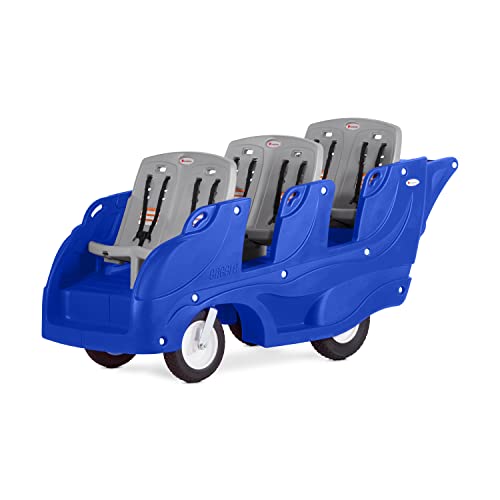
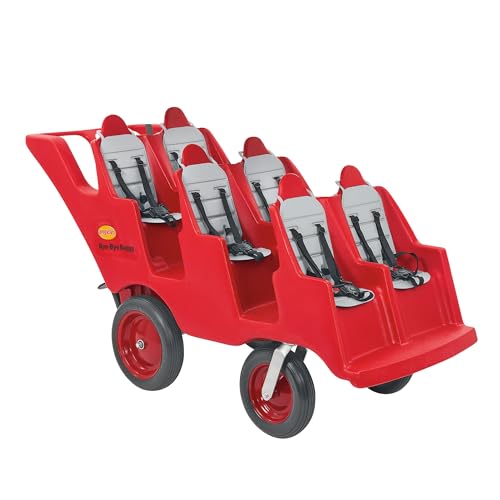
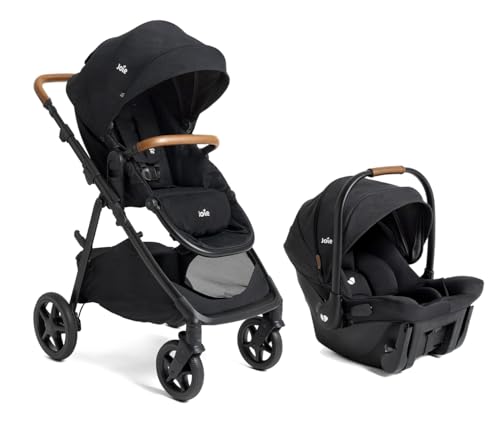
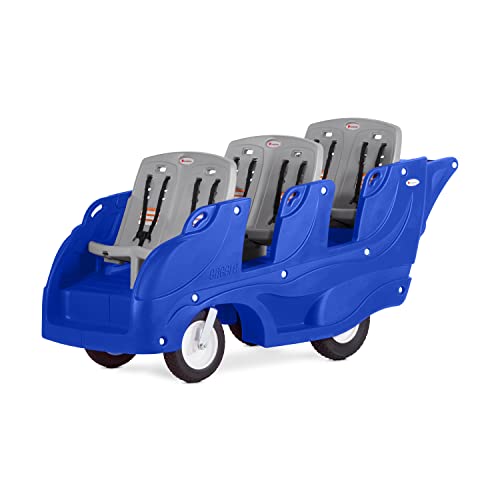


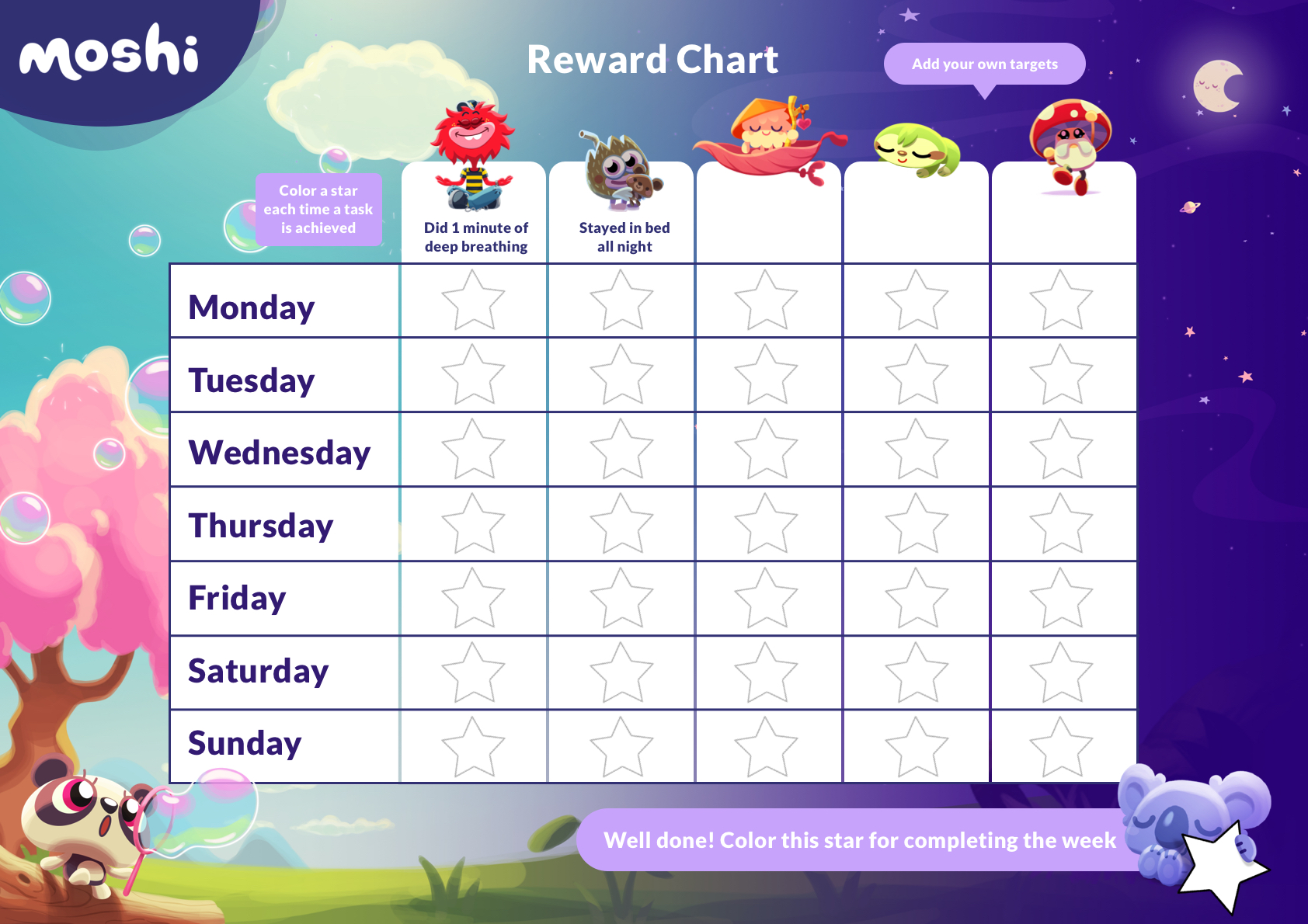

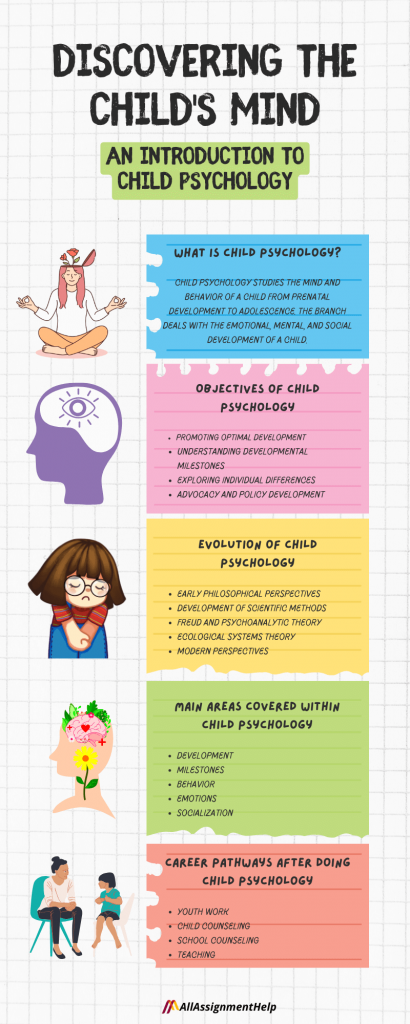
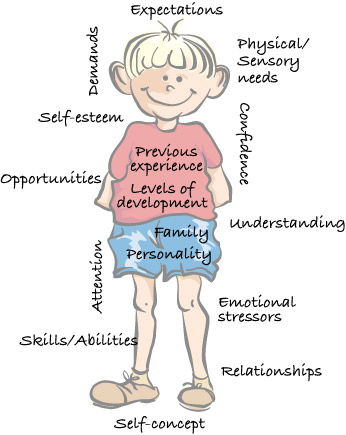

8 thoughts on “Do I Need A Travel Stroller? An Honest Guide from a Globe-Trotting Mom”